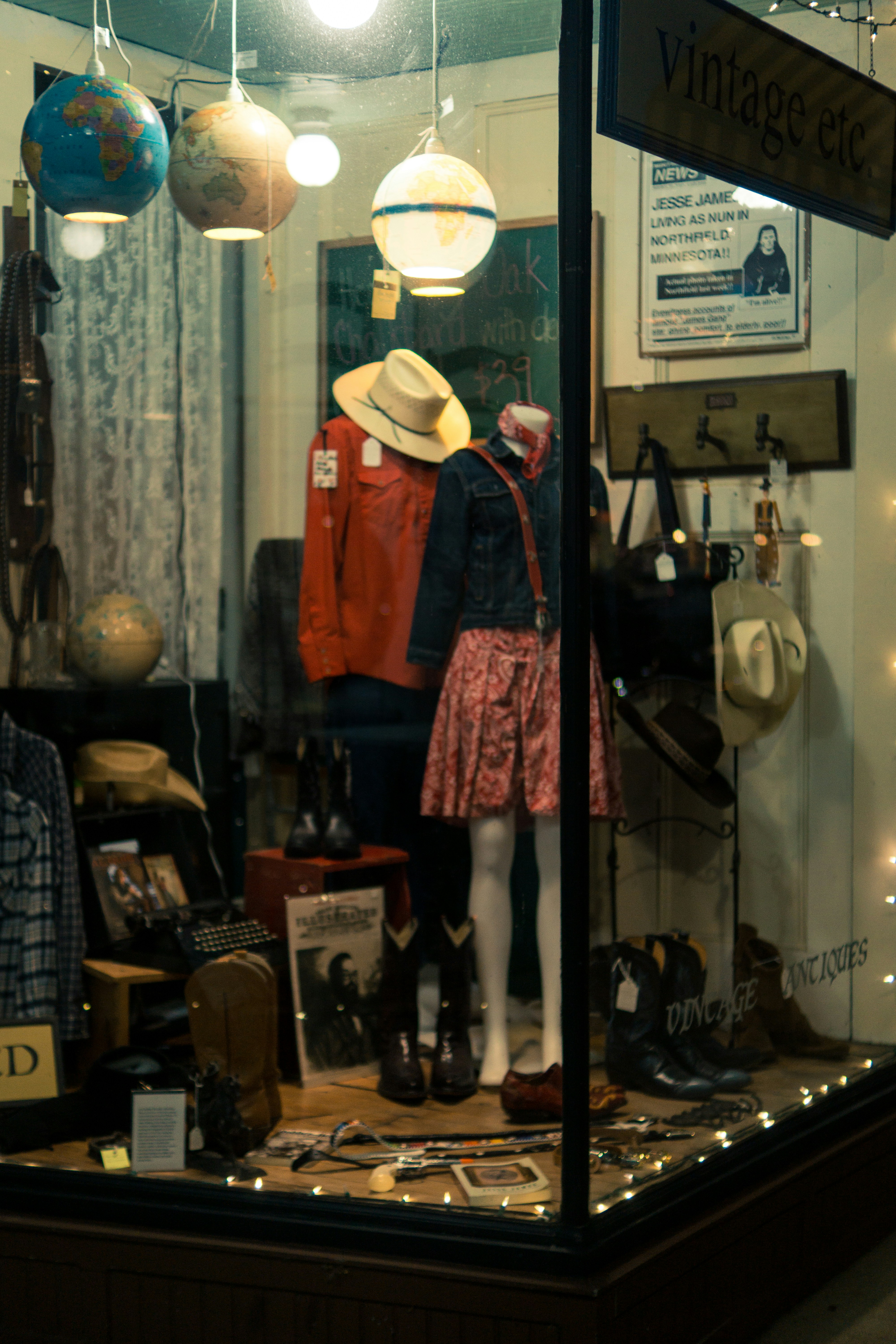
Understanding Vintage Fashion
Vintage fashion encompasses styles and clothing that originate from a specific decade or period, typically considered to be at least 20 years old. The allure of vintage fashion lies not only in its distinct aesthetics but also in its rich history, reflecting the social and cultural narratives of past eras. Each era, from the flapper dresses of the 1920s to the bold colors and patterns of the 1970s, offers unique characteristics that continue to inspire contemporary fashion trends.
The defining characteristics of vintage fashion include the use of high-quality fabrics, meticulous craftsmanship, and timeless silhouettes. Unlike many fast-fashion items produced today, vintage pieces are often made with a level of detail that highlights the artisanship of their time, thus offering consumers a more sustainable alternative that stands the test of time. Fashion enthusiasts appreciate these aspects as they contribute to the overall quality and appeal of retro clothing.
The relevance of vintage fashion in today’s society can be attributed to several factors. Firstly, there is a growing appreciation for individuality and self-expression, which vintage clothing embodies. By selecting retro pieces, individuals can create distinctive outfits that often tell a story or reflect personal style. Additionally, the resurgence of sustainable fashion has expanded the appeal of vintage, as consumers become more conscious of their environmental footprint. Wearing vintage clothes aligns with eco-friendly practices, making it an attractive option for the modern ethical consumer.
Moreover, the cultural significance of vintage fashion is undeniable, as many styles evoke nostalgia and sentimentality. They allow individuals to connect with the past while simultaneously shaping future fashion. With its artistic heritage and continual evolution, vintage fashion not only commemorates bygone eras but also influences the present landscape of modern design, ensuring its continued popularity among style lovers around the world.
Choosing the Right Vintage Pieces
When embarking on the journey of integrating vintage fashion into your wardrobe, the selection of appropriate vintage pieces is vital. Start by identifying your personal style and understanding how various retro styles can complement your body type. This reflection will help create a cohesive look that reflects both your individuality and the classic aesthetics of vintage fashion.
When searching for quality vintage items, it is essential to know where to shop. Thrift stores, vintage boutiques, and online marketplaces can be treasure troves for discovering unique pieces. Each shopping venue offers distinct advantages; thrift stores often provide lower prices, while vintage shops may specialize in curated selections. Online platforms can showcase a broader range of items, including hard-to-find pieces from various decades. Regardless of the venue, it’s crucial to closely inspect items for quality.
Focus on the fabric, fit, and overall condition of potential acquisitions. Natural fibers like cotton, silk, and wool tend to age better than synthetic materials, making them safer choices for vintage clothing. Additionally, ensure the fit is suitable for your silhouette, as vintage sizing can differ significantly from contemporary standards. Familiarizing yourself with size charts from specific designers can be beneficial, as labels may vary across eras.
Another important aspect is differentiating between authentic vintage pieces and modern reproductions. Look for signs of craftsmanship such as fabric tags, seams, and stitching quality. Items with clearly defined brand labels or distinctive patterns are often an indicator of authenticity. Remember to incorporate vintage pieces with modern items for a balanced ensemble; this blend not only updates your outfit but adds personal flair, creating a style that is uniquely yours.
Styling Tips for Modern-Day Vintage Looks
Incorporating vintage fashion into contemporary wardrobes can evoke a sense of nostalgia while demonstrating one’s unique style. To achieve this, it is essential to combine vintage pieces with modern essentials creatively. This practice not only modernizes retro outfits but also reflects individuality through thoughtful layering and texture mixing.
Start by selecting core vintage items that resonate with your personal aesthetic, such as a 1970s floral dress or a classic 1950s swing skirt. Pair these pieces with contemporary staples like fitted denim jackets or simple white tees to balance the retro vibe. The key is to ensure that the vintage item stands out, while modern elements provide a coherent backdrop.
Accessorizing plays a significant role in perfecting any vintage-inspired outfit. Consider finishing touches like statement jewelry, oversized sunglasses, or vintage handbags to infuse your look with personality. For instance, a vintage brooch can enhance a modern blazer, bringing an eye-catching detail that sparks conversation. Similarly, select shoes that harmonize with your outfit; pairing a 60s shift dress with ankle boots can create an exciting juxtaposition of styles.
Outerwear is another critical aspect to consider when styling vintage looks. Vintage coats or jackets can add warmth and character, while also transforming an otherwise simple outfit into something extraordinary. For example, a tailored trench coat from the 80s can perfectly complement a casual ensemble while providing a sleek finish.
Layering remains fundamental when curating a modern vintage look. Experiment with textures by combining vintage fabrics like denim, silk, and lace with contemporary materials such as jersey or cotton. This not only adds depth to your outfit but also plays with visual interest, effectively showcasing diverse influences from various eras. By incorporating these styling tips, anyone can seamlessly blend vintage fashion into their daily wardrobe.
Caring for Vintage Clothing
Maintaining the integrity and quality of vintage clothing requires special attention and care. Due to the unique fabrics and craftsmanship often found in retro pieces, it is paramount to adopt suitable cleaning and storing practices to prolong their lifespan. Begin with cleaning; always check the care label, if available, as specific instructions will guide you on the safest methods. For delicate fabrics such as silk or chiffon, hand washing in cold water with a gentle detergent is advisable. Alternatively, consider using a professional dry cleaner who specializes in vintage clothing to prevent any damage.
Proper storing techniques are also essential. Vintage garments should be hung on padded hangers or stored flat in acid-free tissue paper within breathable cotton garment bags, avoiding plastic which can trap moisture and lead to mildew. Ensure that vintage items are stored in a cool, dry place, away from direct sunlight to prevent fading and deterioration. Use cedar blocks or lavender sachets to deter pests without introducing harsh chemicals that could harm the fabric.
Repairing and altering vintage clothing can breathe new life into cherished pieces. If mending is necessary, opt for hand-stitching with threads that match the original fabric to maintain authenticity. When altering sizes, consider consulting with a tailor experienced in vintage garments, as they will have the knowledge to make adjustments while preserving the garment’s character.
In addition to proper care, embracing vintage clothing aligns with ethical fashion choices. Opting for second-hand pieces contributes to sustainability by reducing waste associated with fast fashion. This conscious selection reflects a commitment to responsible consumerism and helps to preserve the history embedded in every vintage item. Ultimately, an informed approach to caring for these special garments enables fashion enthusiasts to enjoy and cherish them for years to come.


